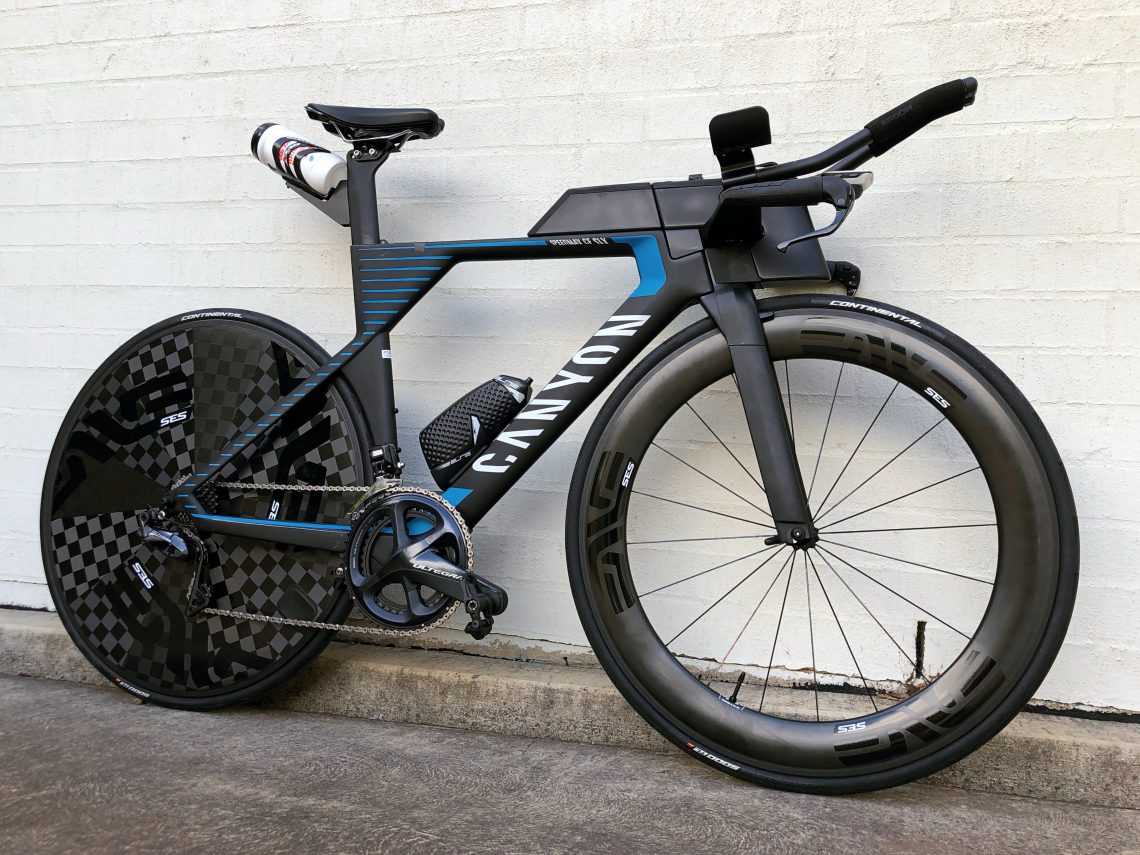
First Impressions: ENVE Wheels
I had high hopes for ENVE 7.8s and the SES disc, having read much information about the speed of the wheels. ENVE has been around for years and is well established within the professional cycling ranks. I’ve used several other carbon wheel brands and was keen to experience them for myself. In summary, they did not disappoint!
Wheel Stiffness
I purchased my wheels with the ENVEs carbon hubs, which have an optimise flange geometry, designed for reliability and to improve ride quality. I’m not the type of rider who is capable of dropping huge watt bombs. However, I still seem to push enough power to cause wheels to rub on brakes pads when accelerating. Why do carbon wheels rub on your brakes you might ask? Well as explained here, it’s not about the rim stiffness but more around the spoke stiffness.

Image from Mavic Wheels.
Carbon is a stiff material and a lack of stiffness from the spokes (low spoke counts look great, and there are slight weight and aero savings) means that the loads applied to the wheel result in brake rub. ENVE uses 20/24 spoke count, a little higher than some venders. This extra spoke count helps to reduce the deflection when you’re getting up to speed. In my experience, the improvement was noticeable, all but eliminating brake rub when accelerating hard. As for the reliability, it’s only early days but reducing maintenance was a goal for ENVE, and this suits me too. At the end of the day, this means more time riding.
Tubeless Ready
The 7.8s are the first carbon wheels I’ve had which are optimised for 25mm tires. This is brilliant, as for a half ironman (my focus) it’s rare to find 90km of nice tarmac to race on. Going to 25mm tubeless tires is a different feel over 23mm and in a good way! More grip and comfort without sacrificing rolling resistance. It sounds too good to be true, yet the science and real-world testing backs it up.
Being an engineer I love the physics side of why something works or doesn’t. You may have heard someone say, ‘pump up your tires to ~110 psi to reduce resistance’. This works by reducing the contact patch of the tire with the road and thus resistance. But this only works on smooth surfaces. In reality, we race on less than ideal road surfaces, and in this scenario, a high-pressure tire will use more energy. This is because both the bike and rider will lift (skip) over small bumps, compared with a lower tire pressure, which can absorb more of the deflections. ENVE has recommended tire pressures depending on your weight, providing a great starting point.
The theory made sense to me, so I followed ENVEs recommendations regarding tire pressures and the result? My undercarriage was super grateful with the most comfortable ride I’ve ever experienced. But, even more important, I also set a PB bike split for 40km (58min), even with 8 u-turns and some hills. I’m definitely a convert!
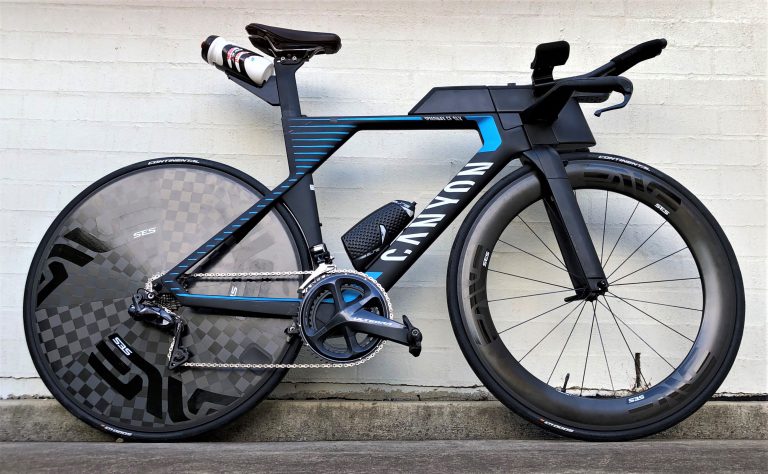 SES 7 + DISC
SES 7 + DISC
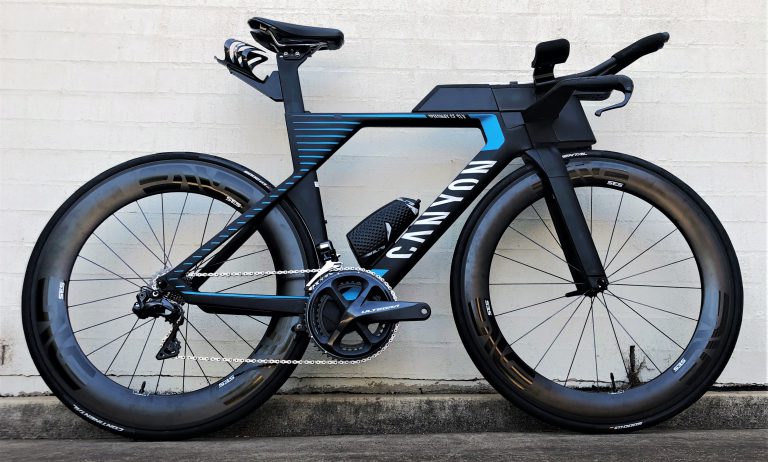 SES 7.8
SES 7.8
The brake track works really well, better than I expected from carbon clinches. As mentioned, I’ve tried a few different carbon wheels over the last few years, and these wheels are the best I’ve experienced braking wise. During the recent 40km bike leg (where I did a personal best) it rained, and yet I still felt confident going into the u-turns.
The beauty of a deep section carbon wheel is that once you’re up to speed, it’s easier to maintain the speed. The 7.8s are no different and when using the SES disc holding a high speed is even easier. I was a big fan of my previous race wheels and if I’m being honest a little hesitant to change. However, now I have, I do not for one second regret my decision. The look of the ENVEs finishes the look of the bike. To improve you need to ride, and the ENVE wheels make that easy to do. As they say in Zwift – ‘Ride on’!


You May Also Like
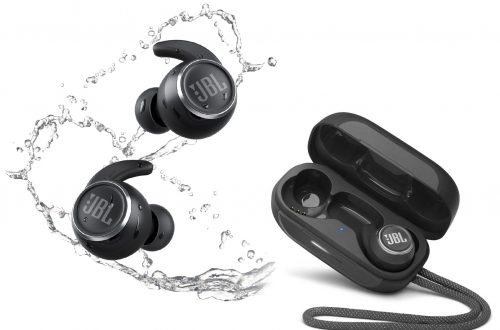
Reviewing the JBL Reflect Mini NC
April 30, 2021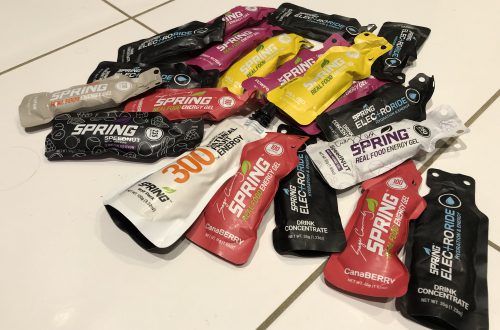
Spring Energy Review
October 19, 2020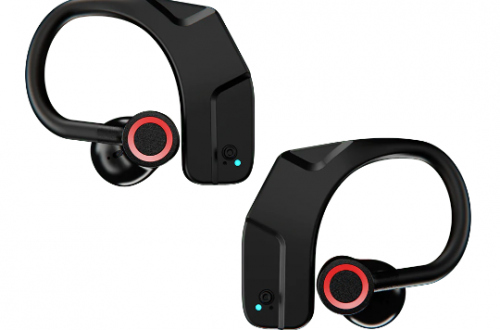
Reviewing Earshots Earbuds
November 30, 2022Newsletter
Stay in touch, including tips and training sessions to improve.
Thank you!
You have successfully joined our subscriber list.
- luke@lukejonestri.com
- Sydney, NSW, Australia
Copyright © Luke Jones


2 Comments
graliontorile
Good info. Lucky me I reach on your website by accident, I bookmarked it.
ดารา จักร รัก ลํา นํา ใจ พา
Nice post. I was checking continuously this blog and I am impressed! Very helpful information specifically the final phase 🙂 I care for such info much. I used to be seeking this particular info for a very lengthy time. Thanks and good luck.